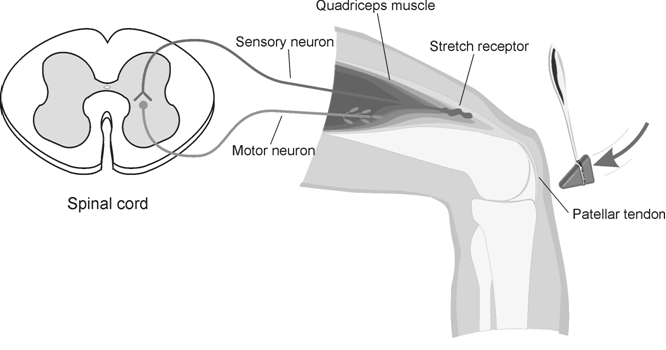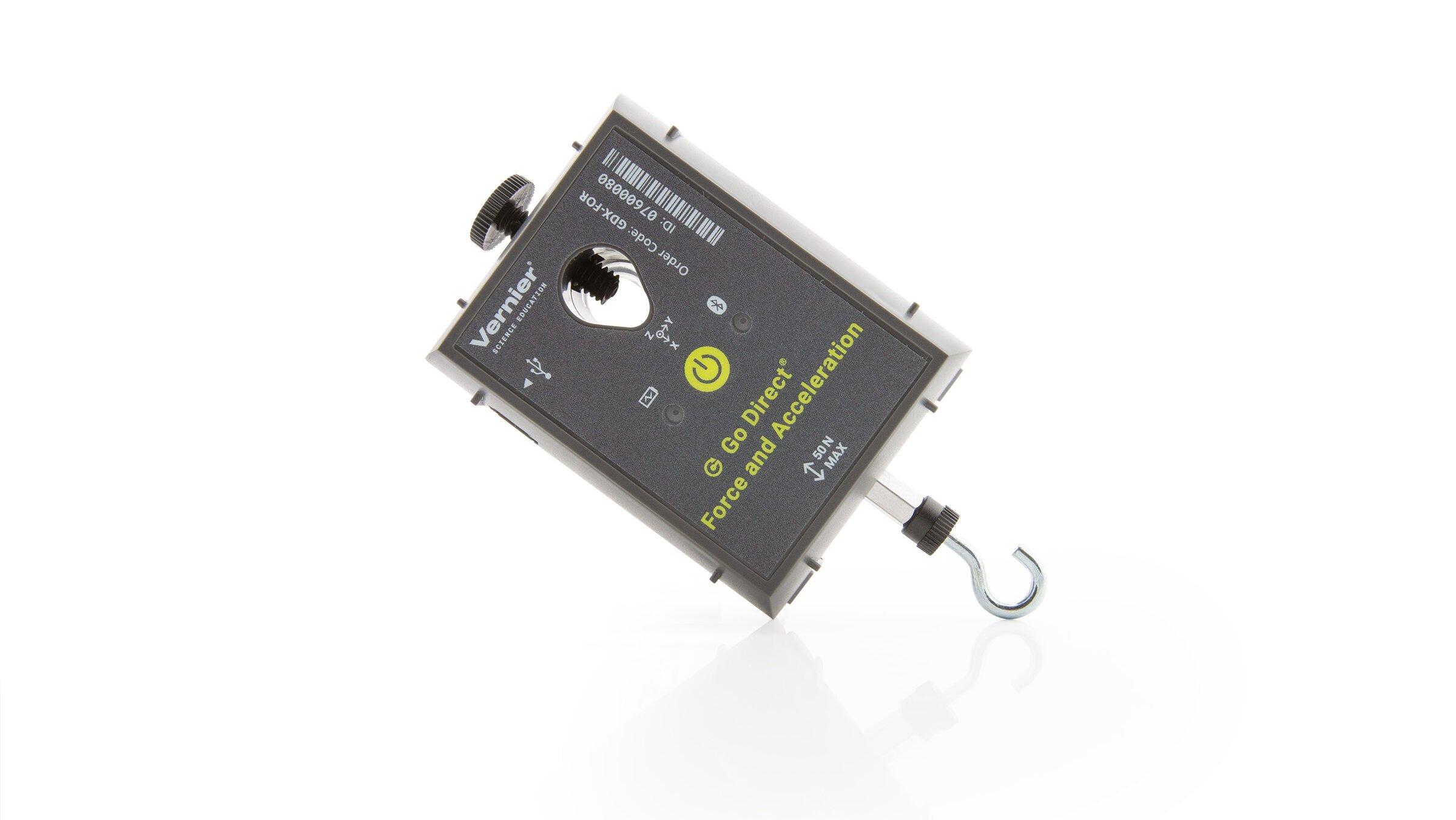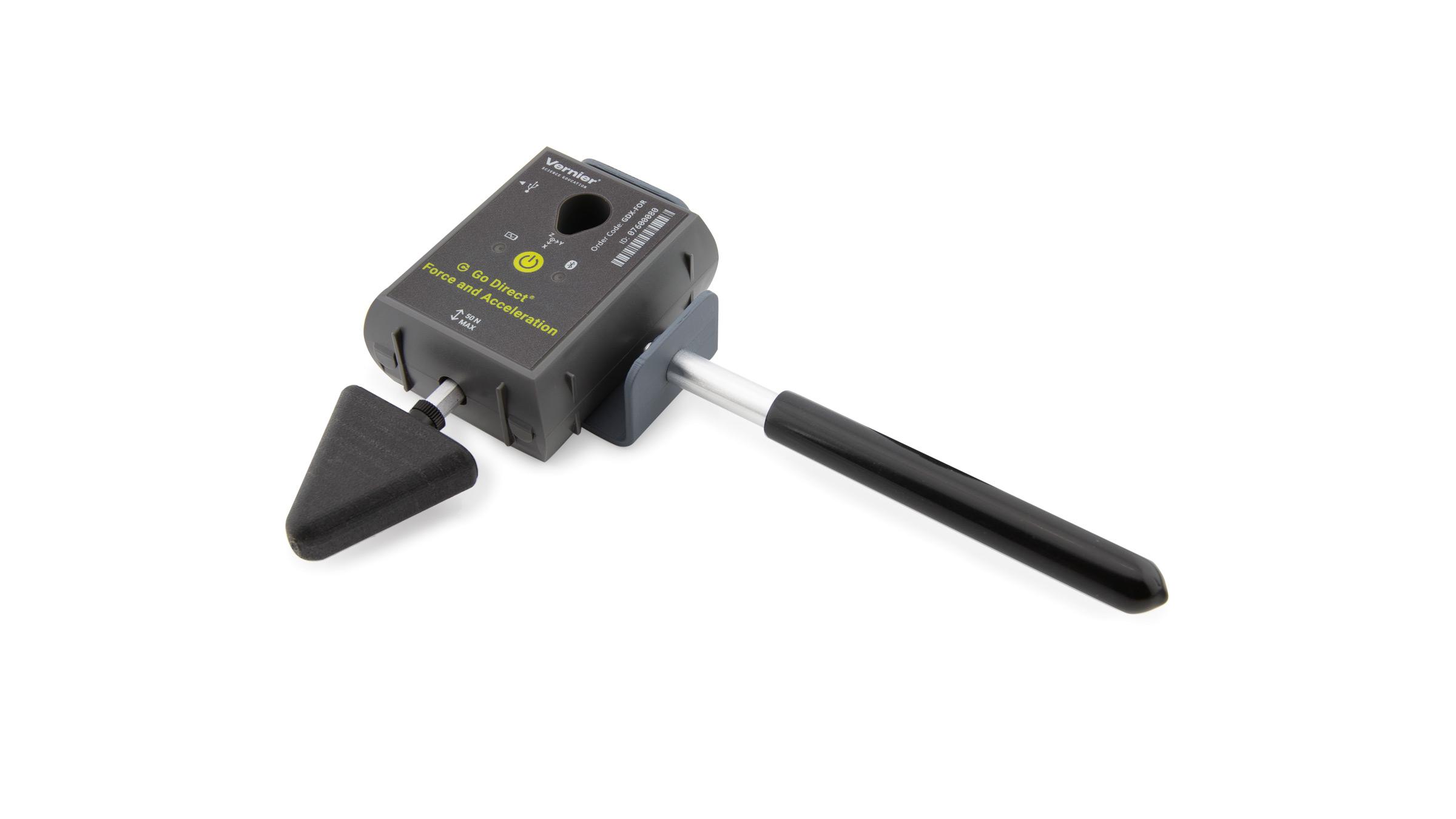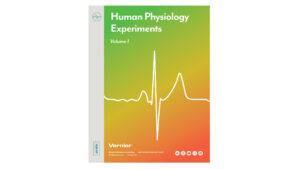
Introduction
The automatic response of a muscle to a stimulus is called a reflex. The patellar reflex results from tapping the patellar tendon below the knee with a reflex hammer. This causes contraction of the quadriceps muscle and extension of the leg. Stretching of the muscle activates nerve impulses which travel to the spinal cord. Here the incoming impulses activate motor neurons, which travel back to the muscle and result in muscle contraction. This reflex arc is primarily a spinal reflex, but is influenced by other pathways to and from the brain.
A reflex may be reinforced (a term used by neurologists) by slight voluntary contraction of muscles other than the one being tested. For example, voluntary activation of arm muscles by motor neurons in the central nervous system “spills over” to cause a slight activation of the leg muscles as well. This results in the enhancement of the patellar reflex. There are other examples of central nervous system influences on reflexes. Health care professionals use knowledge of these influences to aid in diagnosis of conditions such as acute stroke and herniated lumbar disk, where reflexes may be absent; and spinal cord injury and multiple sclerosis, which may result in exuberant reflexes.
In this experiment, you will use an EKG Sensor to compare the speed of a voluntary vs. a reflex muscle action and to measure the relative strength (amplitude) of the impulse generated by a stimulus with and without reinforcement. You will make a calculation of nerve impulse speed using data generated by a reflex hammer containing a Force Sensor.used in conjunction with the EKG sensor.
Objectives
- Graph the electrical activity of a muscle activated by a reflex arc through nerves to and from the spinal cord.
- Compare the relative speeds of voluntary and reflex muscle activation.
- Associate muscle activity with involuntary activation.
- Observe the effect of central nervous system influence on reflex amplitude.
- Calculate the approximate speed of a nerve impulse.
- Compare reflex response and electrical amplitude in different subjects.
Sensors and Equipment
This experiment features the following sensors and equipment. Additional equipment may be required.
Correlations
Teaching to an educational standard? This experiment supports the standards below.
- International Baccalaureate (IB)/Sports, Exercise, and Health Science
- 5.2 Information processing
- International Baccalaureate (IB) 2025/Biology
- C2.2.1—Neurons as cells within the nervous system that carry electrical impulses
- C2.2.3—Nerve impulses as action potentials that are propagated along nerve fibres
- C2.2.4—Variation in the speed of nerve impulses
- C3.1.1—System integration
- C3.1.4—The brain as a central information integration organ
- C3.1.5—The spinal cord as an integrating centre for unconscious processes
- C3.1.6—Input to the spinal cord and cerebral hemispheres through sensory neurons
- C3.1.7—Output from the cerebral hemispheres to muscles through motor neurons
- C3.1.8—Nerves as bundles of nerve fibres of both sensory and motor neurons
- C3.1.10—Role of the cerebellum in coordinating skeletal muscle contraction and balance
Ready to Experiment?
Ask an Expert
Get answers to your questions about how to teach this experiment with our support team.
- Call toll-free: 888-837-6437
- Chat with Us
- Email support@vernier.com
Purchase the Lab Book
This experiment is #4 of Human Physiology Experiments: Volume 1. The experiment in the book includes student instructions as well as instructor information for set up, helpful hints, and sample graphs and data.




